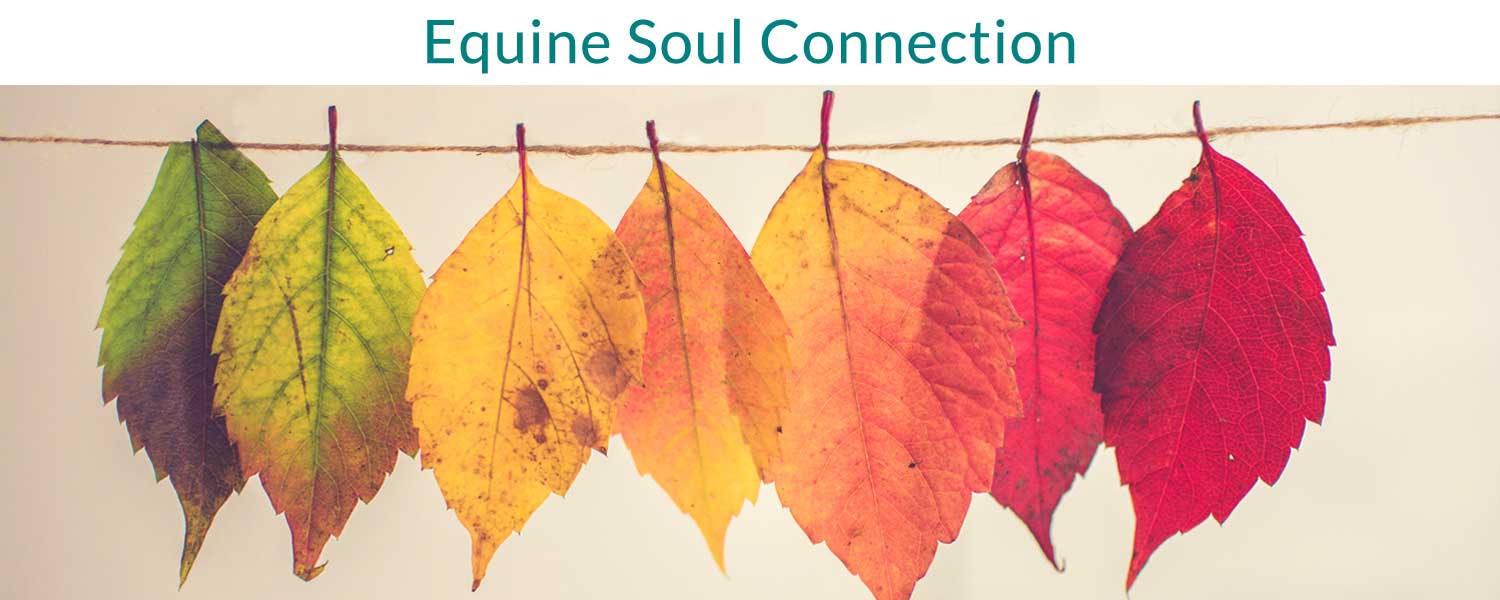AEDP – Accelerated Experiential Dynamic Psychotherapy
“There is no better way to capture the ethos of AEDP than to say this: we try to help our patients and ourselves become stronger at the broken places. By working with trauma, loss, and painful consequences, we discover places that have always been strong, places that were never broken.” Diana Fosha (Founder of AEDP)
What is it?
AEDP is a relatively new style of psychotherapy that draws on the latest findings in neuroscience, somatic (body focused) approaches, attachment theory and emotion theory.
Why AEDP?
Undoing Aloneness
The title of the first training I took was called ‘Undoing Aloneness’ and this is one of the key tenets of AEDP. One of the hardest things about painful experiences in life, especially when we are children, is feeling alone and possibly overwhelmed. We all want to be seen, felt and heard at a soul level. We want someone to look in to our eyes with love and compassion and see who we really are. Sometimes it is about helping us remember and sometimes it is a longer process of discovery, especially if there has been a lot of trauma. My job, as an AEDP therapist, is to accompany you on this journey, to travel with you to the hard places and hold the light in the darkness. Equally, my role is to help you reveal the light that has always been there.
“A therapist who responds honestly and authentically with loving kindness, activates neural pathways necessary for emotional repair.” Kate Halliday, LSCW, AEDP Supervisor
Transformance
The other aspect of AEDP that really resonates with me is the focus on what is right, rather than what is wrong. Symptoms that may get labelled as mental health problems are viewed compassionately as coping strategies, developed to help our mind cope with the unbearable and overwhelming. In AEDP we help you see, appreciate and develop the wholeness and resilience that is already there. We hold the space for this possibility even in the face of unbearable pain or so-called dysfunction.
Experiential
In our sessions we often focus on what is happening in the moment, especially in the body. We slow down and take the time to learn the subtle language of body sensations and emotions.
